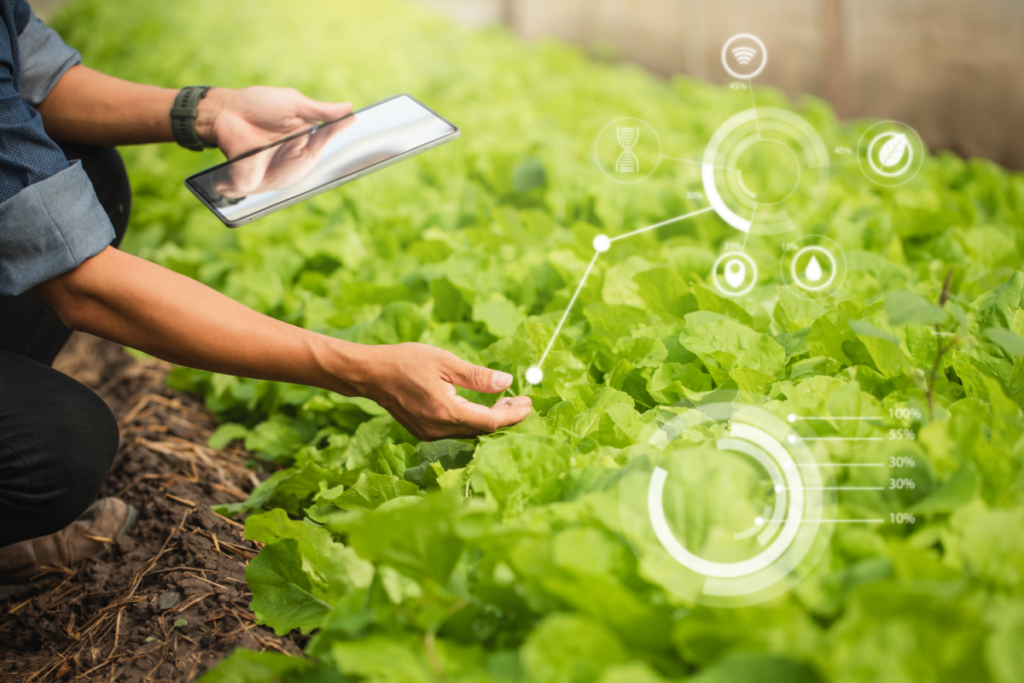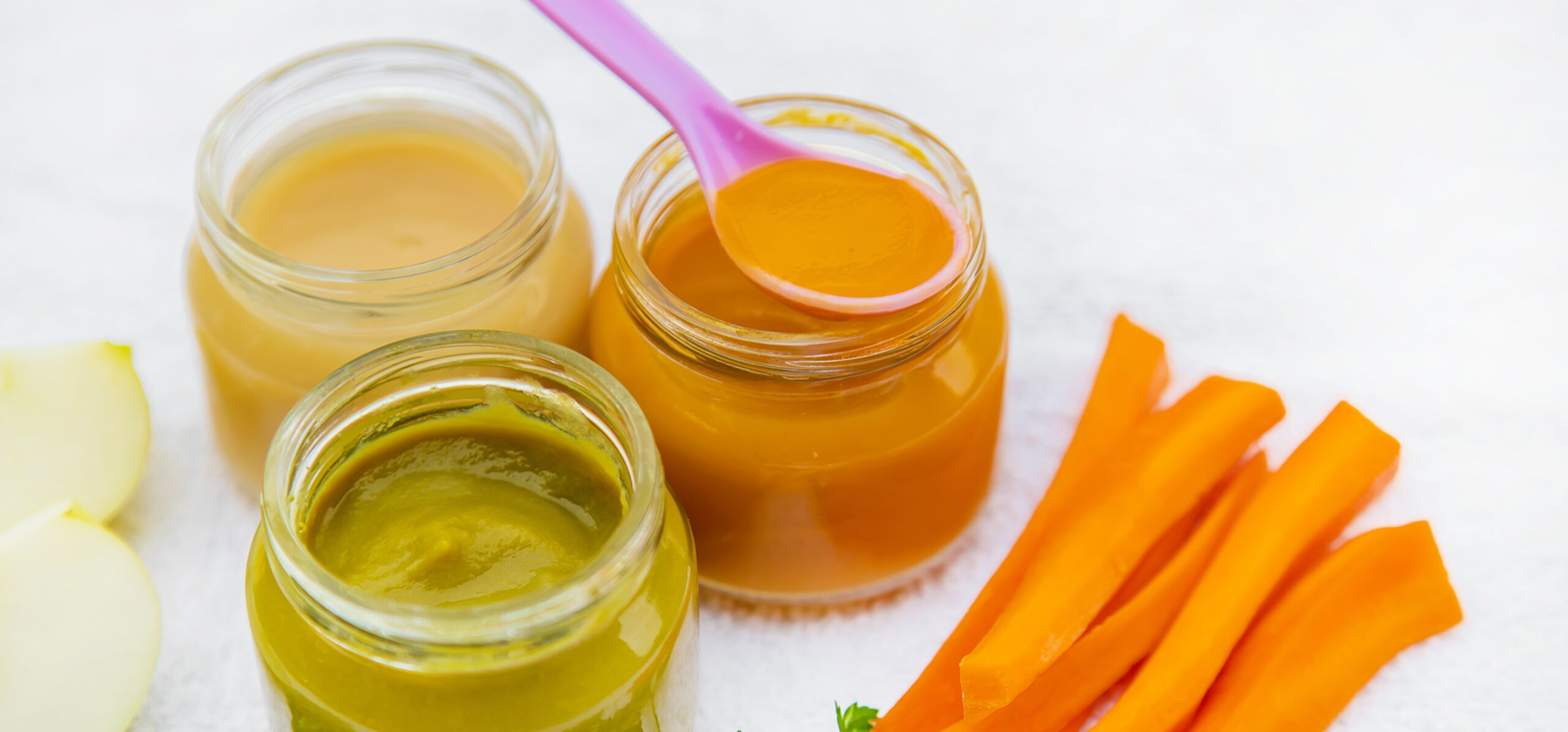Fast Company’s annual “Most Innovative Companies” list recognizes leaders across industries — and in 2025, food once again stole the spotlight.
This year’s honorees tackle the sector’s biggest challenges: cutting waste, boosting nutrition and engineering better flavor without compromise.
Fast Company also flagged four food‑tech trends to likely define 2025: personalized nutrition powered by data, AI‑enabled product development, alternative‑protein scale‑up and robotics in processing.
To assemble its top 10, Fast Company evaluated over 600 food businesses across 58 sectors, judging each on R&D, sustainability impact and market traction. The following 10 food companies made Fast Company’s 2025 list of the most innovative in the industry.
Athletic Brewing, a pioneer in nonalcoholic craft beer, announced in April 2025 that it became the official nonalcoholic craft‑beer sponsor of Supertri’s global triathlon series, aligning its brand with endurance athletes worldwide.
Minimalist snack company Solely rescues 1.6 million pounds of surplus fruit each year via cold‑press, turning single ingredients into snacks and pastas like banana fusilli. Its fruit snacks have landed on Bon Appétit’s Best Healthy Snacks list and Eat This, Not That’s roundup of healthy Costco finds.
Row 7 Seed Company — a specialty seed breeder founded by chef Dan Barber — compressed years of plant breeding into agile pipelines, growing acreage by 200%. This spring, Row 7 took home the Greg Steltenpohl Pragmatic Visionary Award at the Natural Products Expo, recognized for its blend of culinary insight and scalable seed innovation.
Reduced uses controlled fermentation — think lab‑scale composting — to upcycle apple cores, bones, grains and even invasive crabs into stocks and sauces. Its platform delivers ingredient solutions for both chefs and food manufacturers, all while diverting tons of waste.
Fly by Jing is known for bringing authentic Sichuan flavors to a global audience through sauces and condiments. In 2025, the company faced US import tariffs on goods from China — where it manufactures its products — prompting adjustments to its supply chain to continue sourcing key regional ingredients.
Goodles more than doubled sales in 2024 with its protein‑fortified boxed mac and cheese, delivering over 10 grams of protein per serving. In April 2025, it launched three new flavors — Dreamy Creamy, Thrilled Cheese and Queso Tell Me More — each offering up to 16 g of protein per serving.
Motivated by pecans’ lower water footprint and regenerative farming, PKN turned pecans into a nutrient‑rich milk with more antioxidants, magnesium and healthy fats than almond milk. It also rolled out sugar‑free and latte‑style variants in 60 grocers and cafés.
The Jackfruit Company launched a half‑beef, half‑jackfruit burger with Performance Food Group. Taste tests preferred it 100% of the time, yet it cuts saturated fat, calories and carbon emissions in half.
Founded by former R&D leads from Beyond Meat and Plenty, Choppy blends 90% plant protein with 10% beef tallow, bone broth and collagen. This hybrid approach delivers meat‑like sizzle and flavor at price parity with conventional meat.
Plonts uses bacterial cultures on soy milk to craft aged vegan cheddar. It delivers 3 g of protein per serving and, after raising $12 million, opened a new plant in Oakland.
Recent scientific advances, including food safety, show why these trends matter.
In 2024, University of California, Riverside researchers discovered microbes that break down PFAS — known as “forever chemicals” — in drinking water. At the same time, Purdue University introduced a paper‑based, loop‑mediated isothermal amplification biosensor that detects fecal contamination in produce fields in under an hour.
The Canadian government committed an additional $8.6 million to the Canadian Food Innovation Network to accelerate food processing R&D. While in Europe, Trace One and Citeo launched an automated recyclability‑scoring integration for packaging with seven French brands in pilot.
Taken together, these efforts show that food innovation now spans not only what we eat, but how it’s made, packaged and scaled.












Join or login to leave a comment
JOIN LOGIN